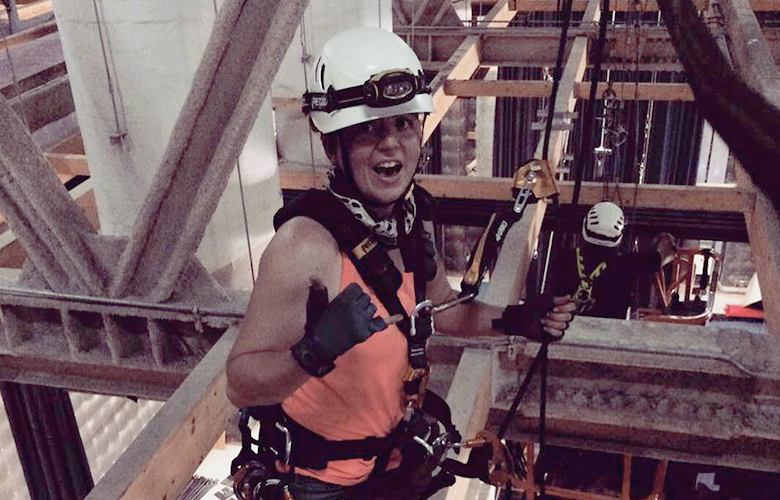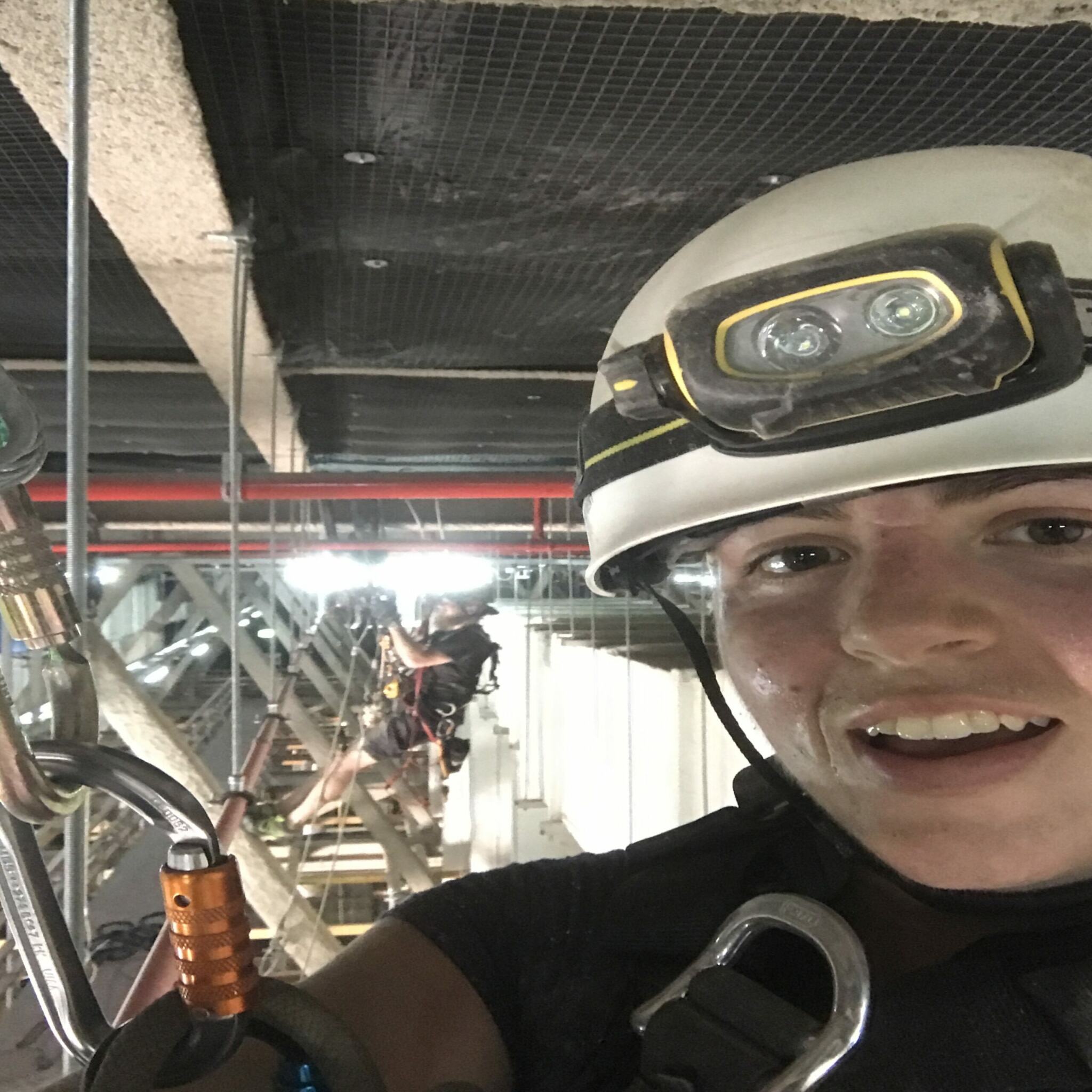
In the Great Show Pause of 2020 that we are all experiencing to various degrees, I have found it difficult recently to not reminisce on the shows that we’ve created together, and, looking to a future in awesomeness, I return to writing. So here, as prior promised, is one Acrobatic Rigger’s insight on show creation in three parts.
Part 1 – Concept to Compromise: Where we explore the ideas of what we want a show to look like and what is actually feasible with the resources we have.
Pretty much exactly how it sounds. What do we think we want to do? Generally, the designers and directors will have an initial idea of what they want to achieve or how they want something to look or feel. Maybe they’ve already determined certain elements that they want to see in a show, like a Russian swing act, Lyra, some banquine, you know, standard circus stuff. Or perhaps they’ve got something new, never done before, innovative. Maybe even at this point there will be an idea of what the show is actually about, though let’s be serious, there is a pretty decent portion of shows that are simply eye candy and the search for a concrete storyline will either leave you empty handed or with an incredibly convoluted imagination. That concept is then passed off to a team of choreographers, technicians to work together to come up with different looks, movements, and flights that the director can then play with and basically say yay or nay to.
What are the possibilities and constraints of the space and equipment that we have? Maybe you have a winch that is only rated to move 2 people, or one person plus whatever gear they’re attached to. These all work into predetermined safety factors that need to be agreed upon and maintained consistently throughout the design process from the anchor to the load. This is where that documentation comes in handy and remains a fluid process as performers and equipment change.
Compromise, the unfortunate and often infuriating reality of all relationships. ‘Cause, let’s be real, everyone wants to be right and surrender nothing. Whether you’re finding a way to mesh the designer’s plans with the realities of the venue or making it your personal responsibility to remind your director, on a daily basis, how the space-time continuum works, we all need to listen to each other and be open to new options.
To the former, ideally, said designers will have already been working with plans of the space in conjunction with a technical team to refine the capabilities available to them, but sometimes they think a bit outside the box [insert chuckle here]. Obviously, creativity is an amazing thing to be encouraged, nurtured and ideally seen to fruition, but sometimes, the answer can’t be yes. To be clear, I don’t think it should ever be just no, but you need to have a realistic and sometimes impressive reason as to why you can’t give them what they’re asking for, and then a few solutions on the side as to what you are going to do instead. It might be something as simple as “I’m sorry, but that piece of equipment will not be available for this rehearsal, but we will have it tomorrow” or “We can do that, but we need to train these people in this scenario first before we proceed”. Of course that’s all very vague, but you get what I mean. The Acrobatic Rigger is here first for the ensured safety of the cast, crew and audience, but we are also artists ourselves and must remember that we are working towards the same goal that needs to somehow be achieved with respect and courtesy to all of our colleagues.

To the latter, yeah, you might still need to explain physics to folks, but with the industry advancing the way that it is now, maybe you can say yes when your director asks the team to finish something in 10 seconds rather than 15. You’ll know exactly what he means when he wants the flight to feel “beautiful, like the morning dew”. Ok, maybe not. Generally, that would be something that the stunt choreographers deal with, but occasionally we’re seen and heard too and need to adapt to the environment of the show. Raise your hand if you’re a technician and had to wear a costume and be part of the act. More fun to come.
Acrobatic Rigger: Explaining My Career


Growing up in art schools, Anna is a vocalist turned technician, who spent half her career building scenery before merging into various fields of automation, stage management, wardrobe, and now rigging among others. She enjoys being on the move, sharing knowledge, acting like a dork, never settling for sub standards and being a global citizen. Now as an adult student, Anna believes that everyone is a teacher whether they know it or not, that random conversations happen for a reason and that the universe can guide those who search with intention.
Read Full Profile© 2021 TheatreArtLife. All rights reserved.

Thank you so much for reading, but you have now reached your free article limit for this month.
Our contributors are currently writing more articles for you to enjoy.
To keep reading, all you have to do is become a subscriber and then you can read unlimited articles anytime.
Your investment will help us continue to ignite connections across the globe in live entertainment and build this community for industry professionals.